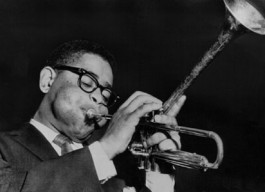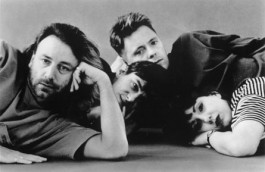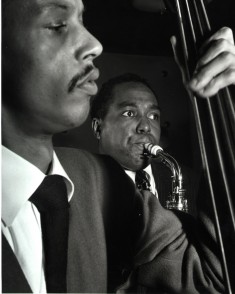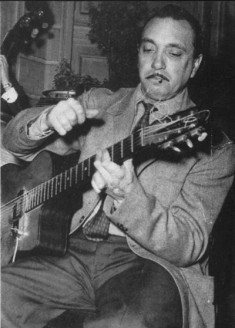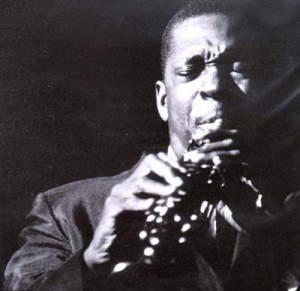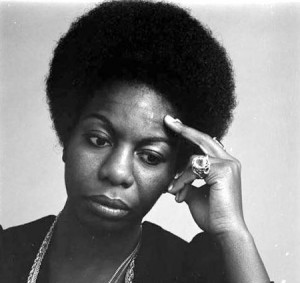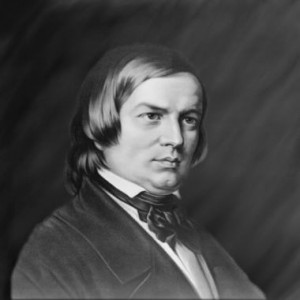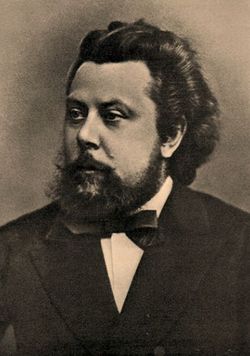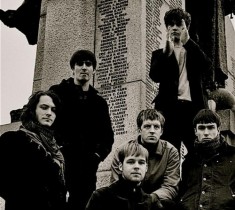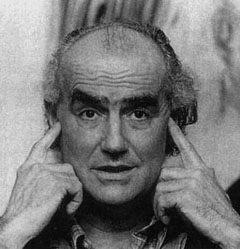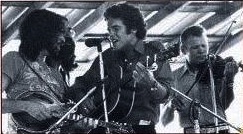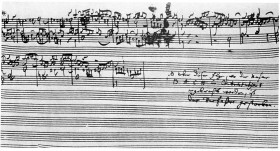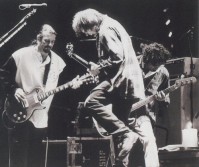Again, I made the choices a couple night’s ago and just finished them up today… I’ll get back to letting the girl’s pick things again tonight, but there were a few things I just really wanted to hear.
First, I had ‘Temptation’ by New Order stuck in my head the other day and just had to hear it. I have a couple things by New Order on LP, but the only CD I have is ‘Substance’. ‘Substance’ really is a about one of the best greatest hits packages that a band AND fans could hope for. The hits are on there, as well as some notable B-sides from the heyday of the 12” single, and they didn’t throw radio edits onto the discs (instead opting for a two disc collection that really earns its keep). And as much as I love New Order, their albums rarely carried ‘great album’ status in my opinion, so this collection keeps me covered for the most part… and the way I know? When I put it on, even if I didn’t think I was in the mood for New Order, it only takes a couple of seconds to get into the groove of things and I will play at least on of the discs from start to finish quite happily. What will be interesting to see (to me at least) is how I will treat these discs now that they exist together on the server. Will I play both discs back to back? Or start getting choosier about which tracks I hear off one or the other? Who know, but I do think it is time for the girls to start dancing to ‘Perfect Kiss’ and ‘Bizarre Love Triangle’ before they are quick enough to parse the lyrics.
The other discs I ripped were what I would best categorize as mellow night time music. The ‘Next Stop Wonderland’ easily makes my top 10 soundtracks list, and is probably in the top 3 if I were to make a list (up there with ‘Singles’ and ‘In The Mood For Love’). Filled with Bossa Nova and Samba, the whole disc flows beautifully. It would also be THE disc I would give to someone who has never heard South American influenced jazz before. You get a nice mix of ‘authentic’ and ‘influenced’ with Astrud Gilberto, Marcos Valles, Antonio Carlos Jobim and Coleman Hawkins rounding out the disc. It is also one of mine and Tamiko’s favorite movies (one that we need to get on DVD… we haven’t seen it for some time). The quirkiness and mood of the movie goes wonderfully with the music, a wonderful example of the music enhancing the movie, and vice versa.
Finally, the last set I ripped last night is kind of a self-compiled one. Back when I was working at Tower, there was a week where a single disc titled ‘Jazz for a Sunday Afternoon: Live at the Village Vanguard’ and a live Dizzy Gillespie disc came out at the same time. The first one had a young Chick Corea on it and while 1970s Chick Corea (or worse, 1980s Chick Corea) never really hit it for me, I was curious to hear his early playing so I grabbed it. The Dizzy Gillespie disc (a live double disc) just looked good. So I took them home and discovered, while reading the liner notes, that these two discs came from concerts on the same day. The first was basically the opening act, and a few of the players stuck around to play with Dizzy Gillespie for his show. There were no marketing materials that linked these discs together, and I have no idea how many other people have all three of these discs and have brought them together, but what you get is about three hours of great jazz that represents a night at the Village Vanguard in the ‘60s. I pretty much kept these three discs together (fitting the opening group’s disc into the Dizzy Gillespie case since it had open slots) and have usually been able to put them out and listen to all three straight through.
I went ahead and labelled stored them under Dizzy Gillespie on the server so I could have them all grouped together. Once again, another instance where the new server based music system is going to work out better then the old CD based one (I never bought a CD changer since… they couldn’t play five discs at once, so I never really saw the use). There is some fine, fine playing in the opening groups set, and I can honestly say that some of Chick Corea’s playing gave me a huge appreciation of him. But what really stands out for me in this set is the instrumentation at the beginning of Dizzy Gillespie’s set… in addition to his trumpet and a standard rhythm section, there is also baritone sax, violin and trombone. And the violin mostly plays in its lower register. The result almost feels like a jazz ensemble influenced by Morphine … lots of lows, lots of sliding around and lots of gritty playing. The version of ‘Birk’s Works’ on here is amazing, and the concert ending ‘Sweet Georgia Brown’ closes out the whole night very nicely. Lots of energy with a bit of Dixieland influence, with an amazingly nimble baritone sax solo that gets things going after the head.
Looking forward to seeing what the girls pick out tonight though… I’m guessing Mira goes for more opera… we’ll see.


